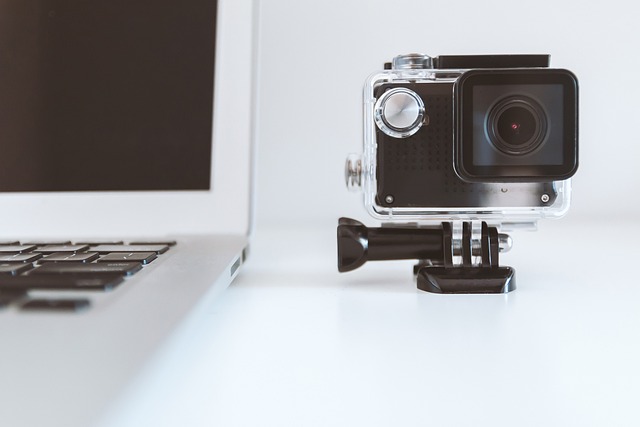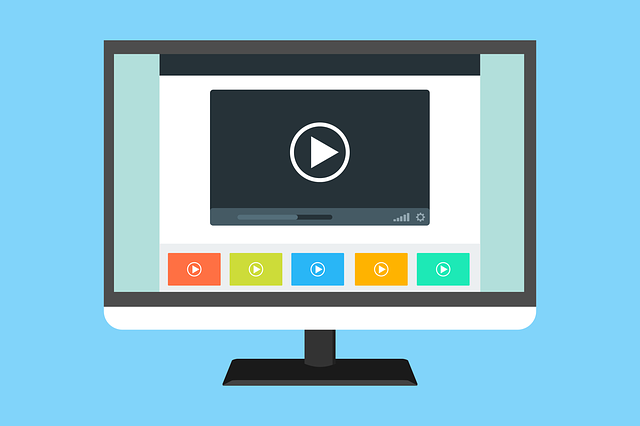DivX offers high-quality video compression ideal for streaming and sharing on Android devices. Users can install compatible media players like VLC or MX Player from the Google Play Store, adjust decoding settings, and enjoy seamless playback of DivX videos. Optimizing video quality involves understanding bitrate and image clarity trade-offs, with careful adjustment for balanced viewing experiences that maximize storage efficiency.
Discover the power of DivX—a game-changer in video playback that offers exceptional image quality, even at low bitrates. This guide will walk you through the process of setting up DivX on your Android device and optimizing bitrate for optimal viewing pleasure. Learn the unique features that make DivX a top choice for streaming high-quality videos efficiently. Find out how to play DivX on Android with our straightforward steps.
Understanding DivX and Its Unique Features

DivX, an advanced video compression format, offers exceptional image quality even at low bitrates—a unique feature that makes it a popular choice for streaming and file sharing. This technology compresses videos efficiently while preserving critical details, ensuring a smoother viewing experience compared to other formats.
Learning how to play DivX on Android devices is straightforward. Numerous media players compatible with this format are available on the Google Play Store. These apps enable users to stream or play DivX files seamlessly, providing access to a wide range of video content. With its small file sizes and high-quality output, DivX offers a seamless viewing experience for Android users, making it an excellent choice for those who enjoy consuming multimedia content on the go.
Setting Up DivX on Your Android Device

To enjoy DivX content on your Android device, follow these straightforward steps to set up DivX playback. Firstly, download a compatible video player that supports DivX format from the Google Play Store. Popular options include VLC, MX Player, and DivX Player. Ensure the player is updated for optimal performance.
Once installed, launch the app and enable DivX decoding within its settings. This process varies by player but typically involves finding ‘Codecs’ or ‘Decoder Settings’ and adding support for DivX/Xvid. With proper setup, your Android device will now be able to play DivX videos seamlessly, delivering high-quality visuals even at lower bitrates.
Optimizing Bitrate for Best Image Quality

When optimizing video quality with DivX, understanding how bitrate affects image clarity is key. Lower bitrates compress video data, resulting in smaller file sizes but potentially sacrificing detail and smoothness. However, by carefully adjusting bitrate settings, you can achieve exceptional image quality even at lower values.
For Android devices running DivX, the goal is to find a balance between file size and visual fidelity. Experimenting with different bitrate levels during encoding allows for fine-tuning video quality according to your device’s capabilities and intended use. Prioritizing detail in crucial scenes or adjusting settings for smoother playback at lower resolutions can help you maximize the viewing experience while efficiently managing storage space, especially when streaming or sharing content on mobile networks.
DivX’s ability to deliver high-quality video at low bitrates makes it an excellent choice for streaming and downloading content on Android devices. By understanding how to set up DivX and optimizing bitrate settings, users can enjoy vibrant, crisp visuals without sacrificing file size. Learning how to play DivX on Android is a valuable skill that opens up a world of media possibilities, allowing you to seamlessly access and enjoy your favorite videos on the go.
